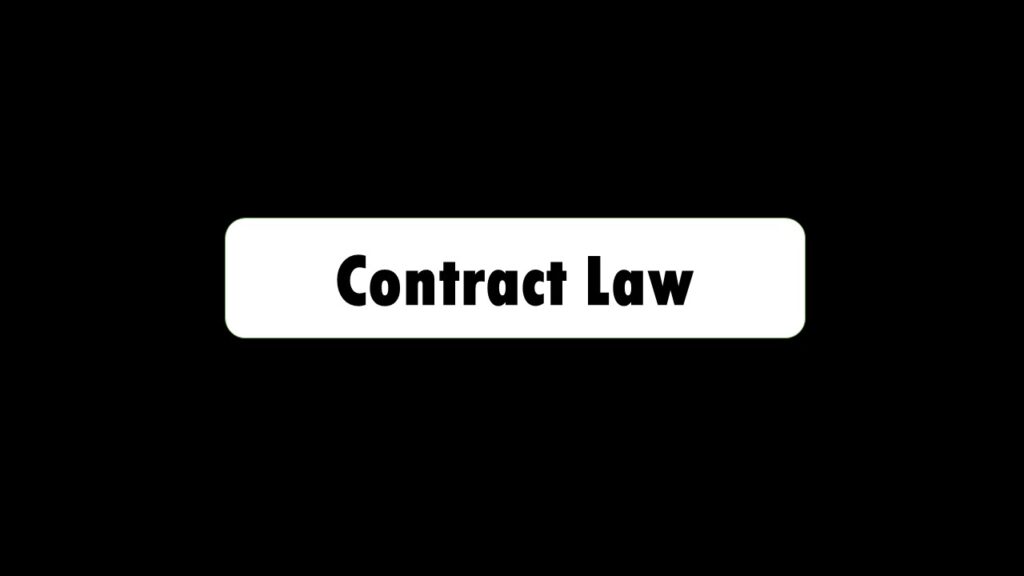Dileep Nevatia vs. State Bank of India, 2015 (5) MhLJ 105]: M.P. High Court
A claim for damages must be both pleaded and proved
18. A claim for damages must be both pleaded and proved. I will assume for a moment that there is an adequate pleading although, in my view, there is not. In itself, this is insufficient to support a decree. The Plaintiff must necessarily prove his claim. Evidence must be led on damages, including loss of profit and actual losses suffered. This might have been done by leading the evidence of an accountant, producing the necessary financial documents and demonstrating that these losses were the direct, proximate and foreseeable result of some action (or inaction) on the part of the Defendant, and not influenced by other mitigating factors and circumstances and, too, not so remote as to defeat causality. Not only would the Plaintiff have to prove the so-called action or inaction on the part of the Defendant, but he would also have to prove causality between any such action or inaction and the losses suffered by the Plaintiff, and which would also have had to be separately proved.
19. None of this has been done. All that the Plaintiff has done is to say in his examination-in-chief that these are the losses, in his estimation, suffered by the Plaintiff. This is no evidence at all.
20. In these circumstances, it is not possible to grant the Plaintiff any relief. All issues must be answered against the Plaintiff.
